How to Choose Products for Beauty
1. Introduction
Choosing the right beauty products is not just about following trends or picking what looks attractive on the shelf. It is a thoughtful process that requires understanding your individual needs, health considerations, and long-term goals. The global beauty market is overflowing with skincare, haircare, and cosmetic products that promise instant results, youthful glow, and flawless appearances. However, without proper guidance, it is easy to fall into the trap of purchasing items that may not suit your skin or hair type, leading to irritation, wasted money, or even lasting damage.
One of the most common mistakes consumers make is selecting products based on brand popularity or celebrity endorsements without analyzing whether the formula truly matches their personal requirements. While some products work wonders for one person, they may be completely ineffective—or even harmful—for another. This is why learning how to choose wisely is one of the most valuable beauty skills anyone can develop.
Another crucial reason to be selective is safety. Not all beauty products on the market are created with the same quality standards. Some contain harsh chemicals, allergens, or unnecessary fillers that could disrupt your skin barrier or damage hair health. With growing awareness of clean beauty and eco-friendly practices, more people are now paying attention to ingredients, certifications, and ethical sourcing when making purchases.
This article will guide you step by step in understanding how to choose beauty products that align with your skin and hair type, lifestyle, budget, and long-term goals. By the end, you will not only know how to read labels and identify safe products but also build a personalized routine that enhances natural beauty without compromising health.
2. Understanding Your Skin and Hair Type
Before choosing any beauty product, the most important step is to understand your own skin and hair type. Without this knowledge, even the most expensive or highly recommended product may not deliver the results you expect. Every person has unique characteristics, and products are formulated to meet specific needs. Recognizing these differences ensures that you invest in items that truly work for you.
For skin, the four main categories are oily, dry, combination, and sensitive. Oily skin tends to produce excess sebum, which can cause shine and acne. People with this type benefit from lightweight, oil-free formulas and non-comedogenic products. Dry skin, on the other hand, often feels tight, flaky, or rough. Hydrating creams rich in hyaluronic acid, glycerin, or natural oils work best for this group. Combination skin presents both oily and dry zones, typically with an oily T-zone and drier cheeks. Products that balance hydration without clogging pores are ideal. Finally, sensitive skin reacts easily to fragrances, dyes, and harsh chemicals. This type requires hypoallergenic, soothing formulations with minimal ingredients.
Hair type is equally important. Fine or thin hair often needs lightweight, volumizing products, while thick or coarse hair benefits from nourishing creams and oils that provide moisture and control frizz. Curly hair usually requires added hydration and products that enhance curl definition. Scalp type also plays a role—those with oily scalps should avoid heavy conditioners at the roots, whereas dry or flaky scalps benefit from soothing, moisturizing treatments.
Understanding these characteristics helps you avoid trial-and-error purchases and unnecessary irritation. Instead of chasing trends, you will be able to choose products tailored to your unique profile. Ultimately, self-awareness is the foundation of an effective beauty routine and the first step toward achieving healthier, more radiant skin and hair.
3. Reading Product Labels and Ingredients
One of the most powerful tools you can use when choosing beauty products is the ability to read and understand ingredient labels. While packaging and marketing often highlight a few “star” ingredients, the full list reveals exactly what you are applying to your skin and hair. Developing this skill protects you from harmful chemicals, helps you identify products that truly meet your needs, and allows you to make smarter, more informed purchases.
First, learn to recognize key active ingredients. For skincare, popular actives include hyaluronic acid for hydration, vitamin C for brightening, and retinol for anti-aging benefits. In haircare, look for nourishing oils such as argan or coconut oil, as well as proteins like keratin that help strengthen strands. Ingredients listed near the top of the label are present in higher concentrations, while those at the bottom are used in smaller amounts.
Equally important is knowing which ingredients to avoid. Harsh sulfates, often found in shampoos, can strip natural oils and cause dryness. Parabens, used as preservatives, have been criticized for their potential health risks. Alcohol-based formulations can be irritating, especially for sensitive skin, while synthetic fragrances and dyes may trigger allergies. By spotting these red flags, you reduce the risk of irritation or long-term damage.
It’s also essential to understand the difference between natural and synthetic ingredients. Natural extracts can be beneficial, but they are not automatically safe for everyone—essential oils, for example, may cause reactions in sensitive individuals. On the other hand, not all synthetic ingredients are harmful; many are carefully designed for stability and safety.
In short, taking the time to analyze labels ensures that you buy products that actually deliver results while avoiding those that compromise your health. This knowledge empowers you to move beyond marketing claims and make decisions based on science and safety.
4. Checking Product Safety and Certifications
Beyond ingredients, another essential step in choosing beauty products is verifying their safety and authenticity through certifications and quality standards. The beauty industry is vast, and while many companies maintain strict safety protocols, others may cut corners or use misleading marketing. Learning how to evaluate product safety ensures that what you apply to your skin and hair is both effective and trustworthy.
One of the first things to check is whether a product has been dermatologically tested. This indicates that it has undergone clinical evaluation to assess the likelihood of causing irritation or allergic reactions. For individuals with sensitive skin, choosing products labeled hypoallergenic or non-comedogenic can reduce the risk of breakouts or discomfort.
Certifications also play a major role in determining quality. Look for seals such as cruelty-free, which confirms that the product was not tested on animals, or eco-friendly/organic certifications, which verify the sourcing of natural ingredients and sustainable production methods. Brands that display these marks usually follow stricter guidelines and offer higher transparency about their processes.
Another overlooked factor is expiration dates and shelf life. Just like food, beauty products lose effectiveness over time and may even become harmful if used past their recommended period. The PAO (Period After Opening) symbol—usually shown as a jar with a number (e.g., “12M”)—indicates how many months the product remains safe after opening. Checking this helps you avoid using items that no longer deliver benefits or could cause irritation.
Finally, be cautious with counterfeit products, especially when shopping online. Authentic certifications, trusted retailers, and official brand websites are safer sources. If a deal seems too good to be true, it may indicate fake or expired items.
In conclusion, checking safety and certifications protects your health, enhances your beauty routine, and ensures that your purchases align with ethical and sustainable values.
5. Matching Products to Your Beauty Goals
While understanding your skin and hair type is essential, it is equally important to align your beauty purchases with your personal goals. Every product is designed with a specific purpose, and identifying your priorities will help you avoid cluttered routines filled with items that don’t serve you. Whether you want to hydrate, brighten, prevent aging, or strengthen hair, defining clear goals ensures that your products deliver targeted results.
For skincare, anti-aging is a common objective. Products containing retinol, peptides, and antioxidants can help reduce fine lines, boost collagen production, and maintain elasticity. If your focus is hydration, look for creams with hyaluronic acid, ceramides, and glycerin, which lock in moisture and repair the skin barrier. Those aiming for a brighter complexion should prioritize vitamin C, niacinamide, and exfoliating acids (AHAs/BHAs) to fade dark spots and even skin tone.
When it comes to hair, goals may vary from strengthening weak strands to protecting color-treated hair or enhancing natural curls. Protein-based treatments like keratin or collagen masks help restore damaged hair, while sulfate-free shampoos protect dyed hair from fading. For curls, nourishing oils and curl-defining creams provide hydration and shape without frizz.
It is also wise to consider multi-benefit products if your goals overlap. For instance, a moisturizer with SPF not only hydrates but also protects against sun damage, addressing hydration and anti-aging simultaneously. Similarly, a tinted serum can provide light coverage while delivering skincare benefits.
By matching your purchases to your goals, you eliminate unnecessary spending and streamline your routine. Instead of chasing every new release, you build a collection of products that truly serve your beauty journey. This focused approach maximizes results, saves money, and prevents product overload.
6. Considering Your Lifestyle and Budget
An often-overlooked aspect of choosing beauty products is making sure they fit your lifestyle and budget. A product may have glowing reviews and top-quality ingredients, but if it doesn’t align with your daily routine or financial comfort zone, it is unlikely to become a consistent part of your regimen. Beauty should be practical and sustainable, not a source of stress.
Start by evaluating your daily habits and routines. If you have a busy lifestyle and little time for self-care, investing in a 10-step skincare routine may be unrealistic. Instead, focus on multifunctional products such as a moisturizer with SPF or a tinted serum that provides hydration and light coverage in one step. On the other hand, if self-care is a ritual you enjoy, you may prefer specialized products for each step, from serums to masks and oils.
Budget is equally important. While luxury beauty products often come with appealing packaging and advanced formulations, affordable brands frequently offer effective alternatives with similar ingredients. A smart approach is to invest more in treatment products—like serums or targeted creams—and save on cleansers or shampoos, which are used in larger quantities and washed off quickly. This balance allows you to prioritize effectiveness without overspending.
Travelers or those constantly on the go should also consider travel-friendly packaging and lightweight products that are easy to carry. Similarly, eco-conscious consumers may prefer refillable packaging or larger sizes that reduce waste.
Ultimately, your choices should reflect your reality. A good product is one that you can use consistently, fits your budget, and enhances your lifestyle without unnecessary complications. By keeping practicality in mind, you can maintain a beauty routine that is effective, enjoyable, and sustainable long term.
7. Testing Before Committing
Even when a beauty product looks promising, it’s important to test it before fully committing. Every person’s skin and hair react differently, and what works wonders for one individual may cause irritation or deliver no results for another. Testing helps you avoid wasting money on full-size items and protects you from potential side effects.
The most reliable way to start is with a patch test. This involves applying a small amount of product to a discreet area of skin, such as behind the ear or on the inner forearm. Leave it for 24 to 48 hours to see if any redness, itching, or irritation develops. For hair products, you can test on a small section of strands to observe how it reacts to your texture and scalp. This simple step can prevent larger issues when applying a product directly to your face or hair.
Another smart approach is to use samples and travel-size versions. Many brands offer miniature products or starter kits, giving you the chance to try them for a few weeks before investing in the full size. This is especially useful for high-end beauty items, where cost is a concern, or for products that claim gradual results, such as serums or anti-aging creams.
It’s also best to introduce one new product at a time into your routine. If you try multiple new items simultaneously, it becomes difficult to identify which one is effective—or which one is causing irritation. Gradual introduction allows you to track results more accurately and build confidence in your routine.
Testing before committing may require patience, but it ensures safer choices, minimizes waste, and increases your chances of finding products that truly work for your needs.
8. Reviews, Recommendations, and Trends
In today’s digital world, reviews and recommendations play a major role in how people choose beauty products. Social media platforms, online stores, and blogs are filled with testimonials and influencer opinions. While this information can be helpful, it’s important to approach it critically to separate genuine advice from marketing hype.
Online reviews are often the first place shoppers look. They provide insight into real user experiences, highlighting both strengths and potential drawbacks of a product. When reading reviews, focus on details that relate to your own needs—such as whether a moisturizer helped with dryness or if a shampoo caused irritation. Be cautious of overly generic or extreme reviews, as these may be fake or biased. Looking at multiple sources and consistent feedback gives a clearer picture of performance.
Professional recommendations are another valuable resource. Dermatologists, estheticians, and hair specialists can provide personalized guidance based on your skin or hair type. Their advice is usually backed by science and experience, making it more reliable than influencer promotions. Investing in a consultation, even once, can save you from years of trial and error.
At the same time, it’s easy to get caught up in beauty trends. Every year, new ingredients or products become popular—sometimes with genuine benefits, but often due to clever marketing. While experimenting with trends can be fun, avoid replacing your entire routine based on temporary hype. Stick to proven products that align with your long-term goals and only add trendy items if they complement your needs.
In short, reviews, recommendations, and trends can guide your decisions, but they should never replace critical thinking. By balancing trusted expert advice with real user experiences—and resisting the temptation of every new fad—you’ll make smarter, more confident choices in building your beauty routine.
9. Sustainable and Ethical Choices
Modern beauty consumers are increasingly aware that their purchasing decisions extend beyond personal benefits. Choosing sustainable and ethical beauty products not only supports your health but also contributes to environmental protection and humane practices. As the industry grows, making mindful choices helps promote positive change while still achieving your beauty goals.
One important factor to consider is eco-conscious packaging. Many brands now offer recyclable, biodegradable, or refillable options that significantly reduce waste. For example, glass jars, aluminum tubes, or refill pouches are far more sustainable than single-use plastics. By prioritizing these options, you minimize your environmental footprint while still enjoying high-quality products.
Another key aspect is choosing vegan and cruelty-free products. Vegan products are made without animal-derived ingredients such as beeswax, collagen, or lanolin. Cruelty-free certifications, on the other hand, confirm that no animal testing was conducted during product development. Seals from organizations like Leaping Bunny or PETA provide assurance that the brand follows ethical standards. Supporting these companies encourages the wider industry to adopt humane practices.
Sustainability also involves responsible ingredient sourcing. Natural ingredients such as shea butter, palm oil, or mica can sometimes be linked to environmental damage or unfair labor practices. Ethical brands are transparent about their supply chains, ensuring fair trade, safe working conditions, and minimal ecological impact. Checking for certifications like Fair Trade can help you make more responsible choices.
Finally, it’s worth considering the longevity and effectiveness of products. Investing in high-quality items that last longer reduces unnecessary consumption. Choosing multifunctional products—like a tinted moisturizer with SPF—can also cut down on excess packaging and overbuying.
In essence, sustainable and ethical choices allow you to enhance your beauty while supporting a healthier planet and fairer practices. It’s beauty with purpose—where looking good also means doing good.
10. Conclusion & Practical Tips
Choosing the right beauty products is both an art and a science. It requires understanding your unique skin and hair type, knowing how to read ingredients, considering your lifestyle and budget, and aligning purchases with your personal beauty goals. By following a thoughtful approach, you can build a routine that is effective, safe, and sustainable.
Start with self-awareness: identify whether your skin is oily, dry, combination, or sensitive, and determine your hair type and scalp needs. This foundational knowledge guides you toward products that truly work for you. Next, analyze labels carefully, focusing on beneficial active ingredients while avoiding harmful or irritating chemicals. Look for certifications, such as hypoallergenic, cruelty-free, or eco-friendly marks, to ensure quality and ethical standards.
Set clear beauty goals to match your products with your desired outcomes. Whether you aim for hydration, anti-aging, brightening, or hair strengthening, selecting targeted products ensures faster and more visible results. Test new items gradually, starting with patch tests, samples, or travel sizes to prevent irritation and avoid wasting money.
Additionally, factor in lifestyle and budget. Prioritize consistency over extravagance—choose products you can use daily and that complement your routine. Consider multifunctional options to simplify your regimen while maintaining effectiveness. Stay informed through reviews, professional advice, and trends, but always apply critical thinking to avoid falling for hype or misleading claims.
Finally, embrace sustainable and ethical practices. Support brands that prioritize eco-conscious packaging, vegan and cruelty-free formulations, and fair sourcing. Long-lasting, multifunctional products reduce waste and encourage responsible consumption.
By combining these strategies, you can create a beauty routine that enhances your natural appearance, respects your health, and aligns with your values. Thoughtful product selection isn’t just about looking good—it’s about feeling confident, making smart choices, and investing in long-term well-being. Start small, stay consistent, and let your beauty routine reflect both your personality and your principles.


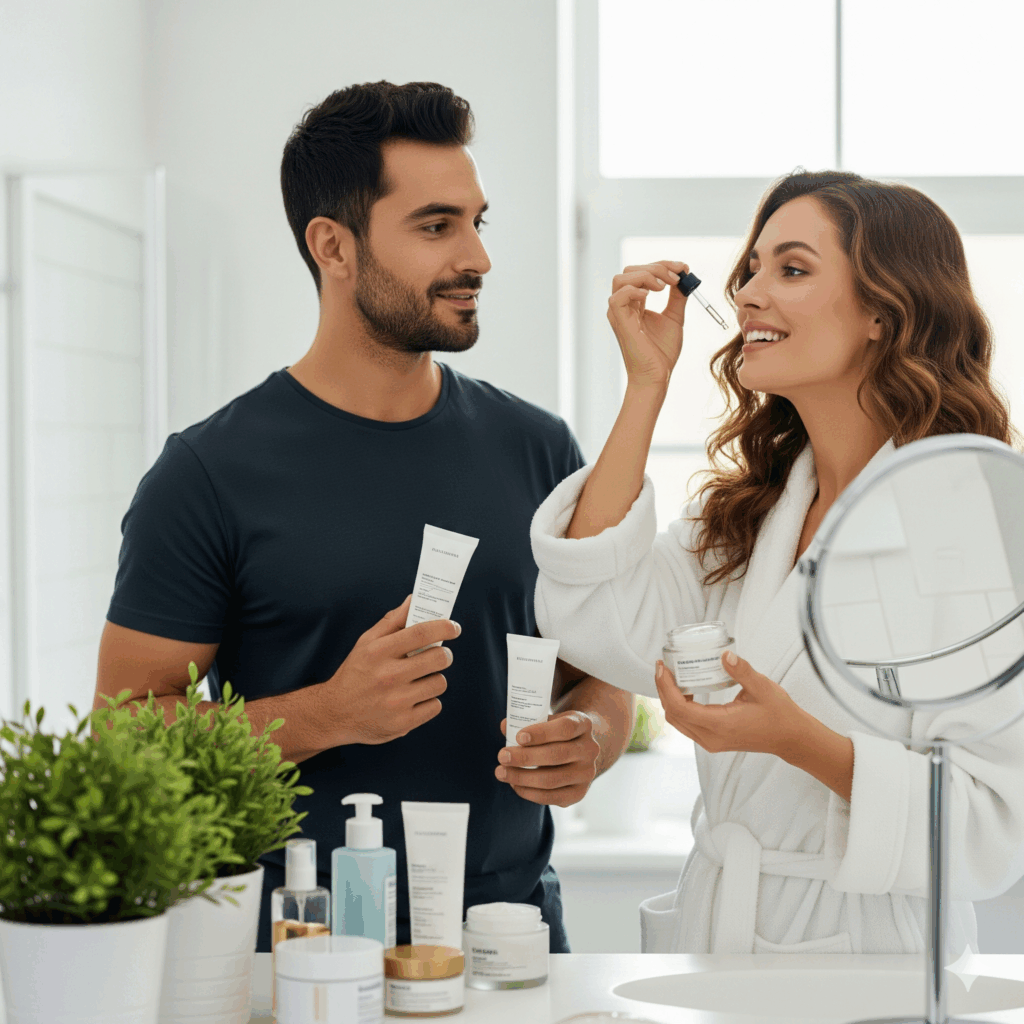
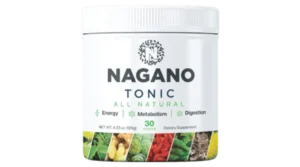
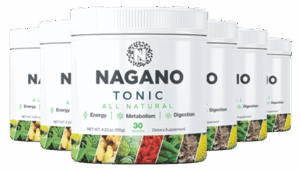
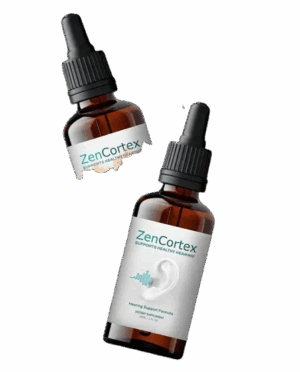
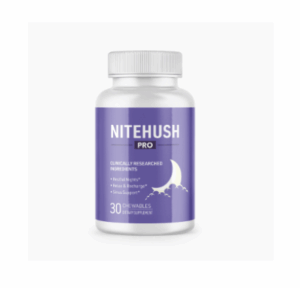
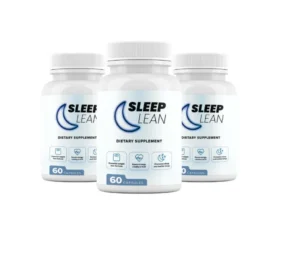
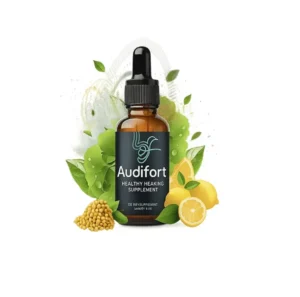
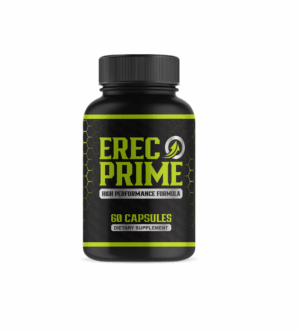
$ 99,00Original price was: $ 99,00.$ 79,00Current price is: $ 79,00.$ 69,00Original price was: $ 69,00.$ 39,00Current price is: $ 39,00.